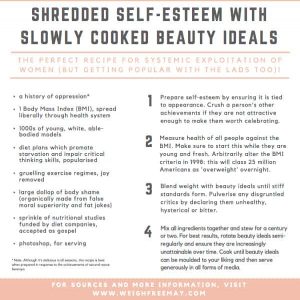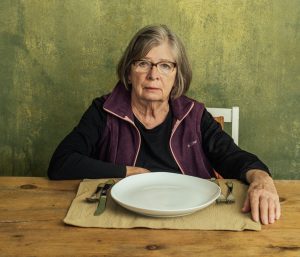
I have just added a new item to the shopping list: red bandanna, Its inclusion was prompted by the reading of an article in the Guardian.
I am unaware of any family links to West Virginia, genetic or adoptive, but I do have family links to coal mining, and occupational links to union membership, being a retired member in good standing of norsk lektorlag, sometimes translated as the Norwegian union of master teachers.
My paternal grandfather was secretary of the Nanaimo Local of the United Mine Workers Union of America. Here, coal miners were independent, tough, and proud and became among the most radical and militant labourers in an extremely polarized province. They were the core of the socialist movement; their strikes were frequent, long and bitter. John Hinde (2011). When Coal Was King: Ladysmith and the Coal-Mining Industry on Vancouver Island. UBC Press. p. 4.
The most violent labour clash in B.C. took place in the coalfields of Vancouver Island, 1912–13. The initial cause of the 1912 strike was a gas explosion that killed 32. When two miners reported gas in another mine, they were dismissed. Fellow workers demanded that they be reinstated. The company retaliated by locking out the miners. Miners all over the island downed their tools in solidarity. Management resorted to tactics they had used in the past to break the strike. In Cumberland, Chinese miners were threatened with eviction and even deportation if they didn’t return to work. In that bitter environment, riots, gun battles, burnings, and clashes between strikers and scabs escalated. The government sent in special constables and the 72nd Regiment to aid the company. Over 250 were arrested, including Labour MLAs and the leader of the newly established British Columbia Federation of Labour. The strike continued for over two years . Eventually the United Mine Workers of America, after providing $16,000 a week to a total of more than one million dollars, ran out of money. The workers, faced with this reality, called off the strike. The settlement guaranteed improvements, but the employers reneged on the agreement.
The labour movement in B.C. is famous in Canada for its militant and socialist roots. British Columbia by the 1880s had the highest proportion of unionist to general population. In company mining towns where class differences were easily observable, unsafe working conditions, low wages, easy communication, and the necessity of solidarity led to a labour history that at times verged on class war. Division between workers based on race, industrial unions or craft unions, socialist vs. non-socialist, often divided workers and weakened their common objectives. Nevertheless, many of the great demands of labour were eventually met: eight- hour day, safety conditions, old-age pensions, universal suffrage, minimum wage, and an end to child labour.
Back to the Guardian. In West Virginia, the term “redneck” dates back to the early 1900s. In 1921, black, white and immigrant mineworkers took up arms to battle the coal companies that controlled and exploited every aspect of their lives. United, they wore red bandannas to identify each other in battle. They called themselves the “Redneck Army”.
The West Virginia mine wars were the bloodiest labor conflict in American history. The Battle of Blair Mountain involved 10 000 mine workers against a private army of more than 2,000 mercenaries and multiple airplanes equipped to drop bombs on workers, American federal troops armed with gas and more planes.
By the 1910s, the United Mine Workers of America (UMWA) was fighting for pay equality, and requiring an oath from every member not to discriminate against any fellow member by “creed, or color, or nationality”. Its first paid organizer in West Virginia was a black man, and an early planning committee consisted of three officers: one white person born in West Virginia, one Italian immigrant and one black person. See, James Green (2015) The Devil Is Here in These Hills: West Virginia’s Coal Miners and Their Battle for Freedom, Atlantic Monthly Press.
Other struggles featuring West Virginia:
In 1774, Point Pleasant. The first battle of the revolutionary war.
In 1863, Western Virginians formed their own state government in Wheeling. It rejected slavery and defended the Union.
Mine wars continued until the 1930s when the laws finally changed, union ranks swelled and mine protections improved.
Today, West Virginia is in the midst of another revolutionary moment. Since 2016, Volunteer-led resistance groups have arisen: RiseUp (Charleston), Mountaineers for Progress (Morgantown), and Huddles and Indivisibles (both State wide) across the state.
In March 2018, teachers in every one of West Virginia’s 55 counties went on strike, at the same time dozens of volunteer feeding and childcare programs cropped up. A citizen-led strike fund raised and distributed US$ 332 000. Thousands of teachers, janitors and bus drivers won 5% raises for all public employees. Then, a week later, West Virginia communications workers went on strike and won their own fight for job security. Now, teachers’ strikes are spreading nationwide.
The Guardian article concludes with: These hills were once home to one of the most powerful and diverse working-class movements in American history. That legacy lives on.






